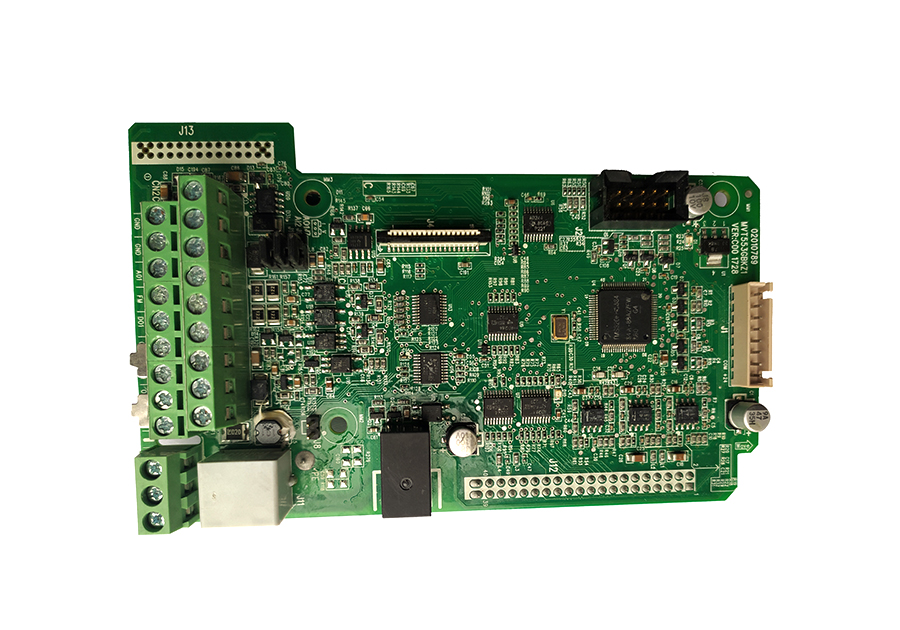-
CN
-
Service Hotline
+8618129931046 Mr. Liao


Time:2025-06-10 Views:1

The automated production of printed circuit boards (PCBs) has revolutionized the electronics manufacturing industry, offering increased efficiency, precision, and consistency. The process encompasses several key steps, all of which are optimized through automation to ensure high-quality PCB production.
The first step in PCB automated production is the design and preparation of the Gerber files. These files contain all the necessary information about the PCB layout, including the location of components, traces, vias, and solder masks. Advanced computer-aided design (CAD) software is used to create these files, and they are then transferred to the automated production equipment. Once the Gerber files are ready, the substrate material, typically a fiberglass-reinforced epoxy laminate, is prepared. Automated cutting machines accurately cut the substrate to the required size and shape.
Next comes the photolithography process, which is highly automated. A photosensitive resist is applied to the surface of the substrate. Then, using a photo imaging machine, the Gerber file information is transferred onto the resist layer. The machine uses ultraviolet light to expose the resist, hardening it in the areas that will form the traces and pads. After exposure, the unexposed resist is removed through a development process, leaving behind the desired pattern on the substrate. This automated photolithography process ensures high precision in the trace width and spacing, which is crucial for the performance of modern electronic circuits.
Following photolithography, the etching process takes place. Automated etching machines use chemical solutions to remove the unwanted copper from the substrate, leaving only the copper traces and pads as defined by the resist pattern. The concentration and temperature of the etching solution are carefully controlled to ensure uniform etching. After etching, the resist layer is removed, and the PCB is cleaned.
The drilling process for vias is also automated. High-speed drilling machines with precise control systems are used to drill holes in the PCB for component mounting and electrical connections. The drill bits are automatically changed based on the hole size requirements specified in the Gerber files. After drilling, the vias are metallized through an electroplating process. Automated electroplating systems ensure that the vias are uniformly coated with copper, providing reliable electrical connections between different layers of the PCB (in the case of multi-layer boards) or between the top and bottom surfaces of a single-sided board.
Finally, the PCB goes through a surface finishing process. Options for surface finishing include immersion tin, electroless nickel immersion gold (ENIG), and organic solderability preservative (OSP). Automated machines apply the chosen surface finish, which protects the copper from oxidation and provides a suitable surface for component soldering. Throughout the entire automated production process, quality control checks are integrated at various stages. Automated optical inspection (AOI) machines are used to detect any defects in the PCB layout, such as short circuits, open circuits, or incorrect trace widths. By leveraging automation in all these steps, the production of PCBs has become faster, more accurate, and capable of meeting the high demands of modern electronics manufacturing.